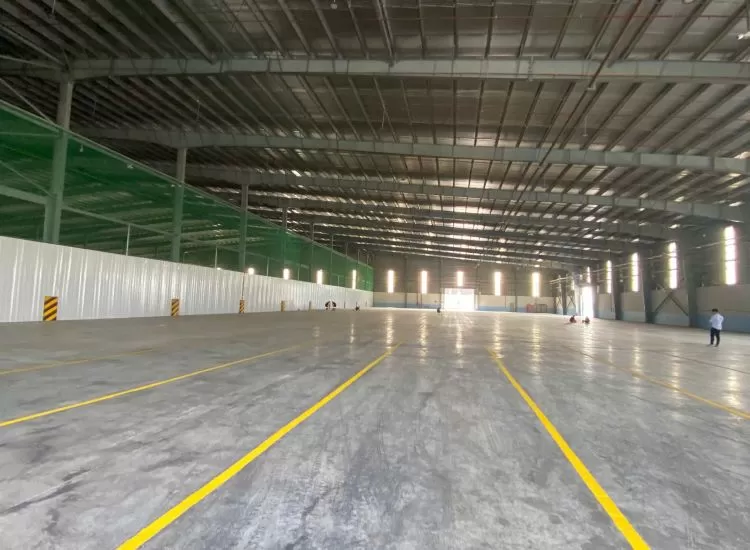08 Essential Logistics Tips For Small Business Owners
Supply chain and logistics are an integral part of every business, large or small. A logistics plan helps your business run efficiently and cost effectively. Without a plan, your costs will rise.

Top logistics tips for small business owners:
1. Understand the objective
Before putting your plan in place, make sure you understand your company’s overall strategy. If the corporate strategy is to offer the fastest delivery times in the industry, then, in order to support that, you spend more on logistics. If the strategy is to be the low-cost provider, you will need to find ways to cut costs, even at the expense of lead time. Then, communicate to top management the reasons for your logistics strategy.
2. Focus on services customers want
Even if the company is focused on cost controls, you still need to service the customer. Within the bounds of the strategy, find innovative ways to ensure customer satisfaction. According to research firm Supply Chain Insights, only 2 percent of survey respondents considered their ability to respond to customers to be excellent, while 46 percent said their ability was good. Your customers may value communication about status changes on shipments more than faster delivery, and you will save money by providing the valued service.
3. Spend on visibility and collaboration
Regardless of your strategy, you can’t run an effective supply chain without visibility and the ability to communicate to customers and suppliers quickly. Collaboration will help you keep inventory low while keeping lead times at a minimum. Consider your supply chain and warehouse management systems part of your core equipment, as important as your forklifts and automated storage and retrieval system.
4. Keep track of cost details
“Watch the pennies and the dollars will take care of themselves.” Wise words from Benjamin Franklin, and a philosophy every logistics manager should consider. Know how much you spend on each aspect of your logistics and supply chain. You can’t control costs if you don’t know where you’re spending.
5. Get competitive quotes
It seems like purchasing 101, but many supply chain leaders are so time pressed that they don’t bother negotiating or getting quotes from multiple carriers. Nothing causes a company to sharpen its quote faster than knowing there is competition for the business. Always get at least two or three quotes for any expenditure.
6. Plan
Take the time to analyze the shipping plan for the month, and plan ahead for full truckload shipping wherever possible. If you have material deliveries, put some contingency plans in place just in case there are delays or diversions. That doesn’t mean stockpile inventory, but you should have plans that include alternative sources and the ability to shift goods from one distribution center to another.
7. Improve sales and operations
Effective sales and operations (S&OP) planning can help you understand when you might need new equipment or overtime. Accurate forecasts help you plan inventory, so you have enough of the right products in place to meet demand. The S&OP process can provide insight into upcoming promotions, new product introductions or other demand changes. Armed with this information, you can ensure you have enough (but not too much) inventory on hand.
8. Work with a third-party logistics company
Many small and midsized businesses believe that working with a third-party logistics company (or 3PL) is too expensive for them, but that may not be the case. A good 3PL can help ensure that you get the best rates, the fastest deliveries and the most productive warehouse team. It will have many of the necessary visibility and collaboration tools available to help you.
What’s more, it may even help with developing your strategy and with tips for better forecasting and S&OP planning. A 2017 3PL study shows that 73 percent of shippers and 90 percent of 3PL providers believe that 3PLs offer new and innovative ideas that improve logistics. Many 3PLs are willing to add extra services to bring in new business, so ask for the extras you want when seeking a 3PL partner.
By considering the eight guidelines above, your business will be that much more organized and efficient for both you and your customers.
(Source: Inboundlogistics)










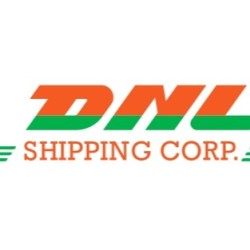
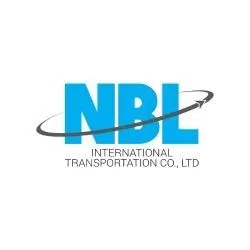











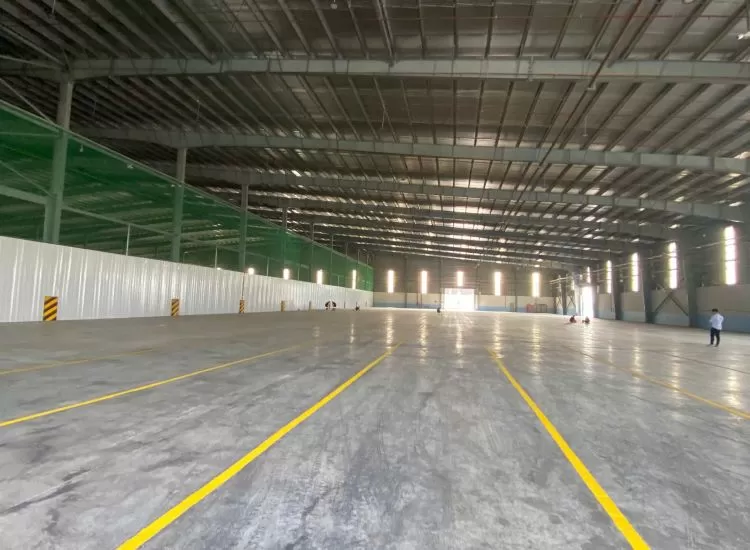
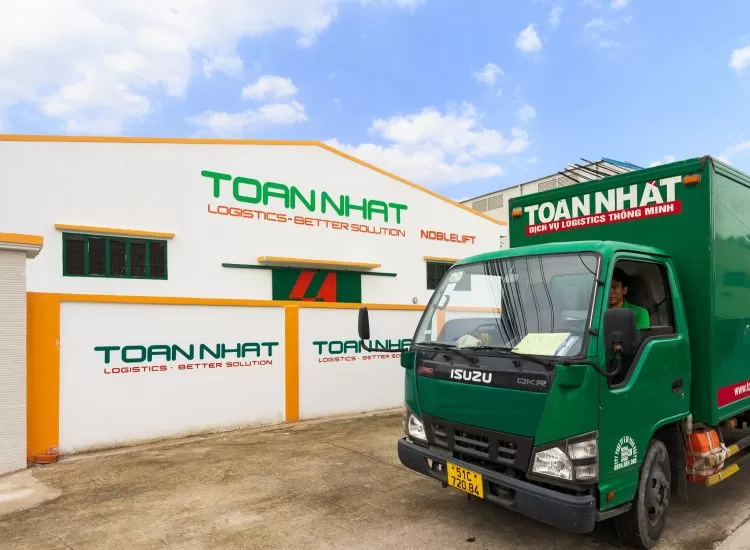
.webp)
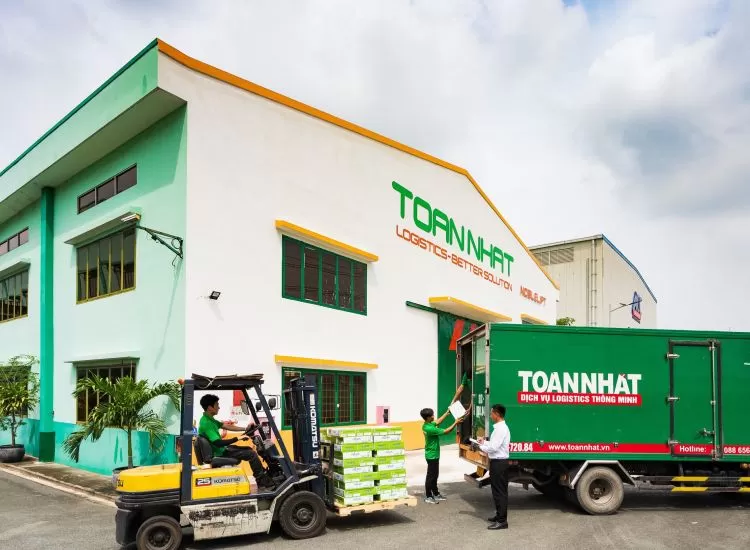
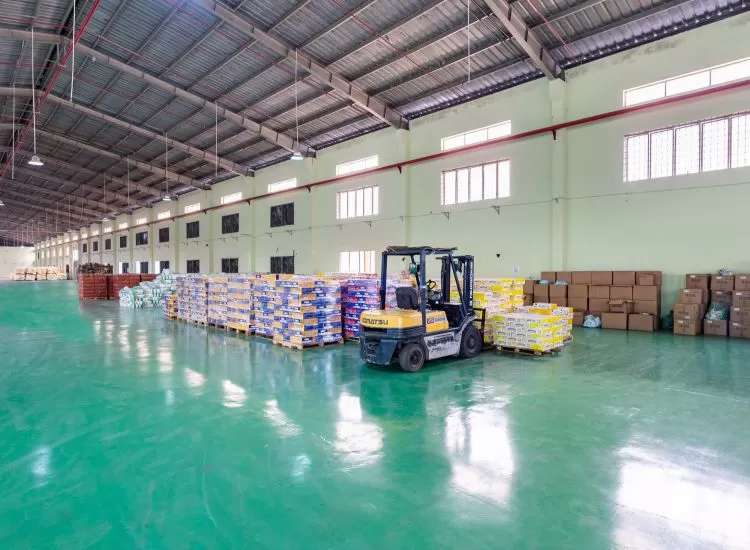


.webp)
.webp)
.webp)




